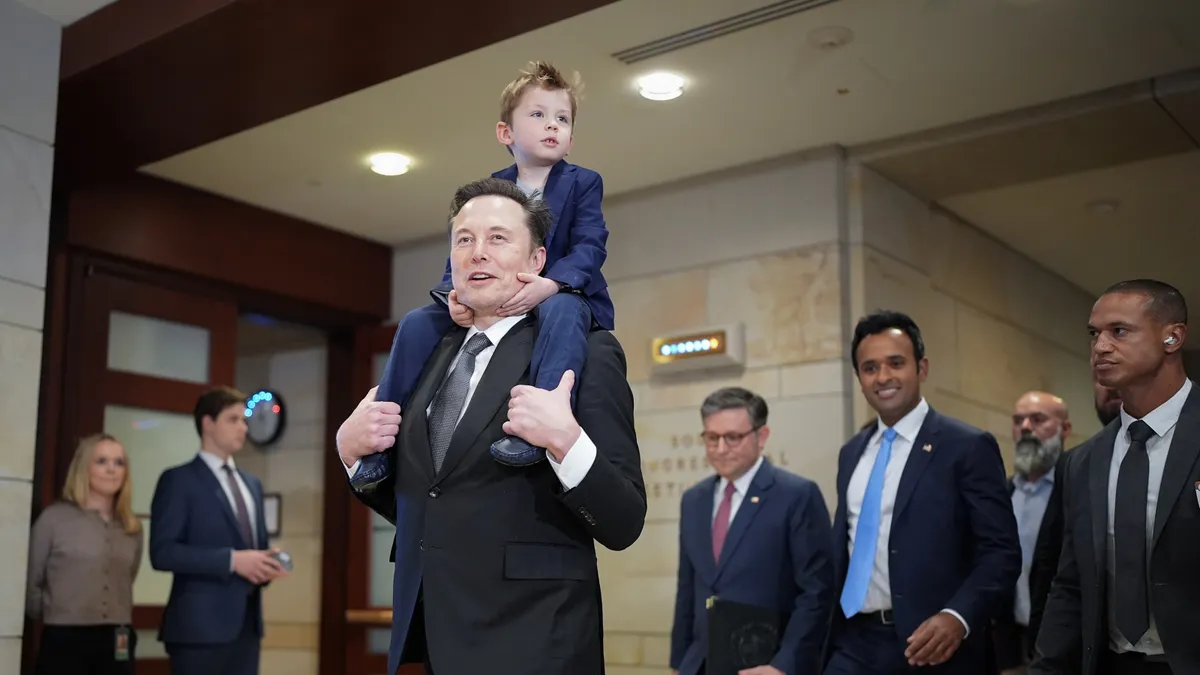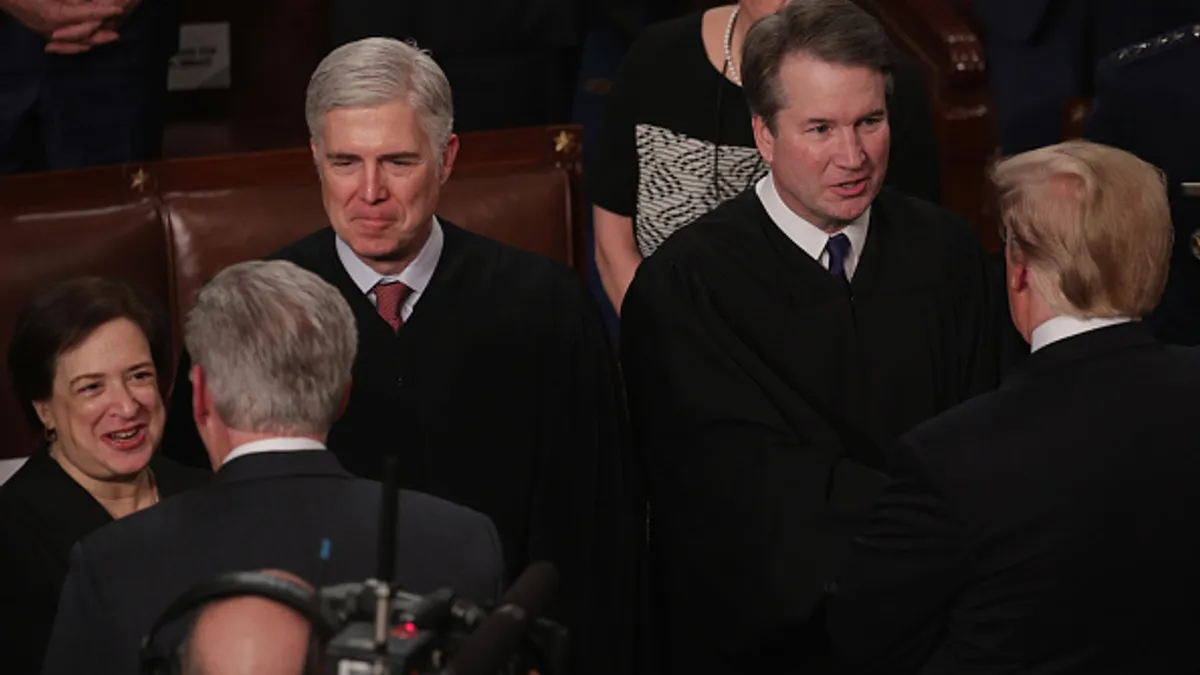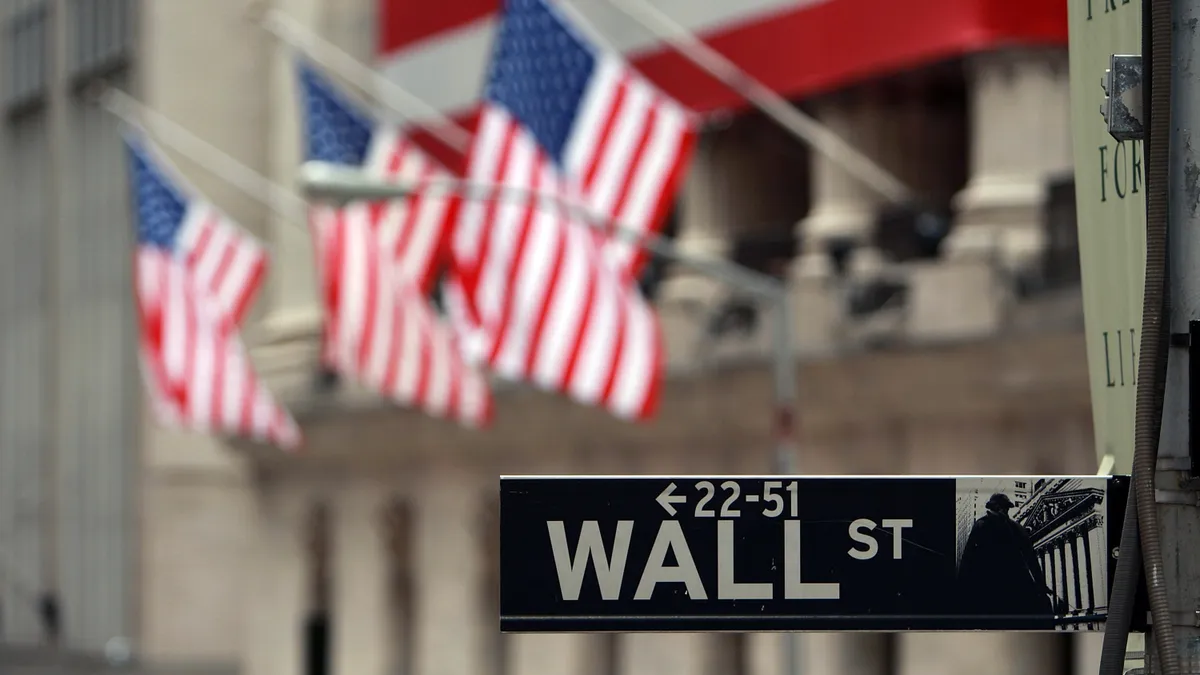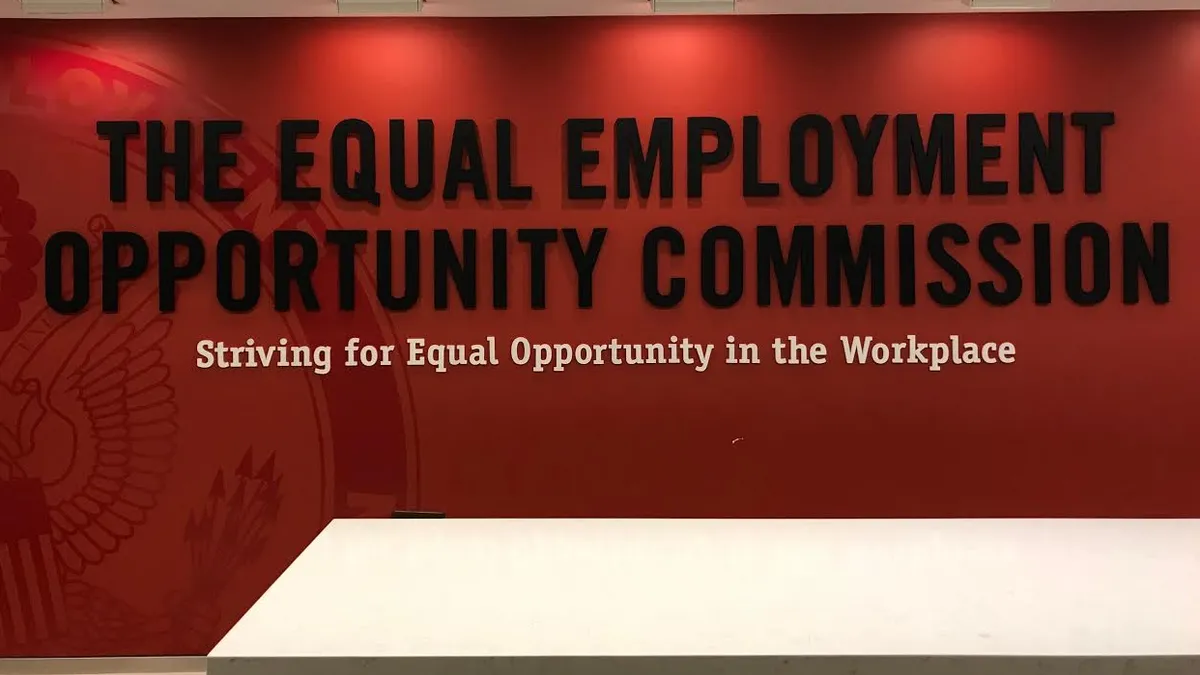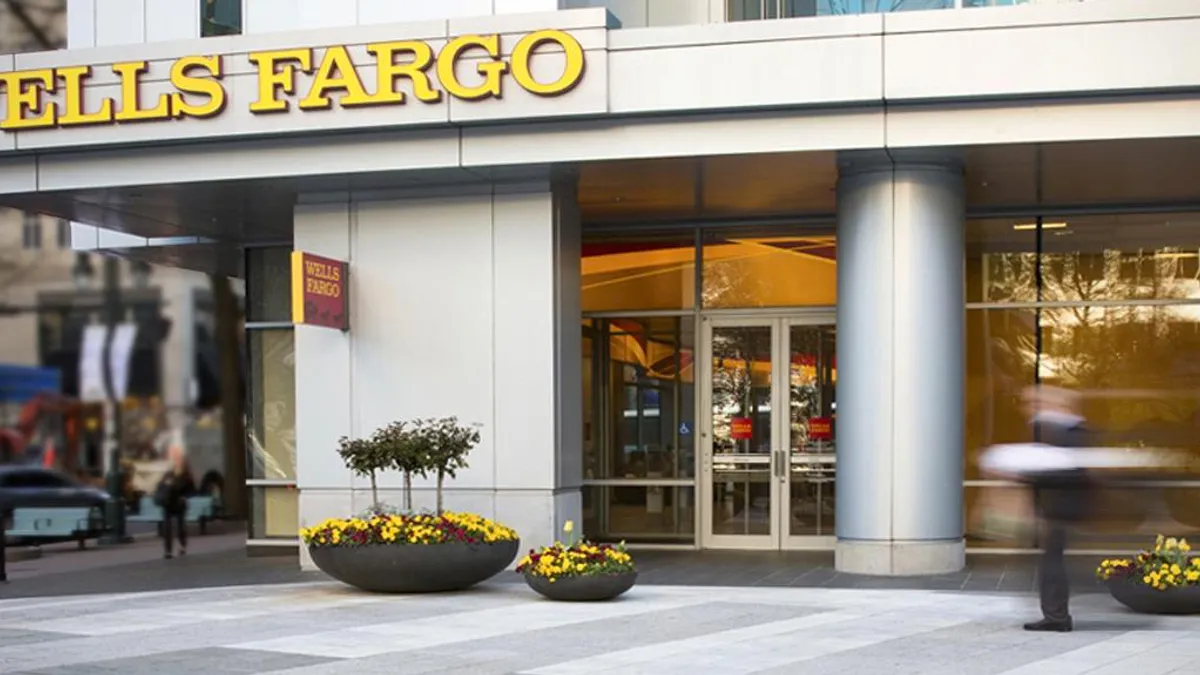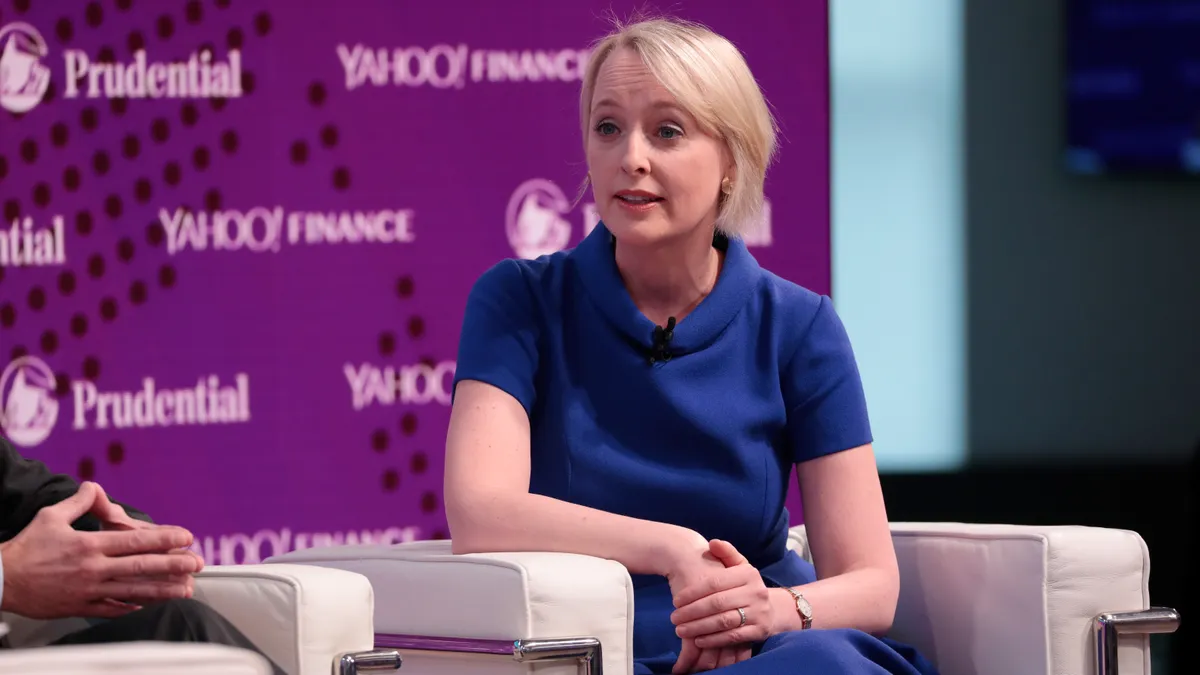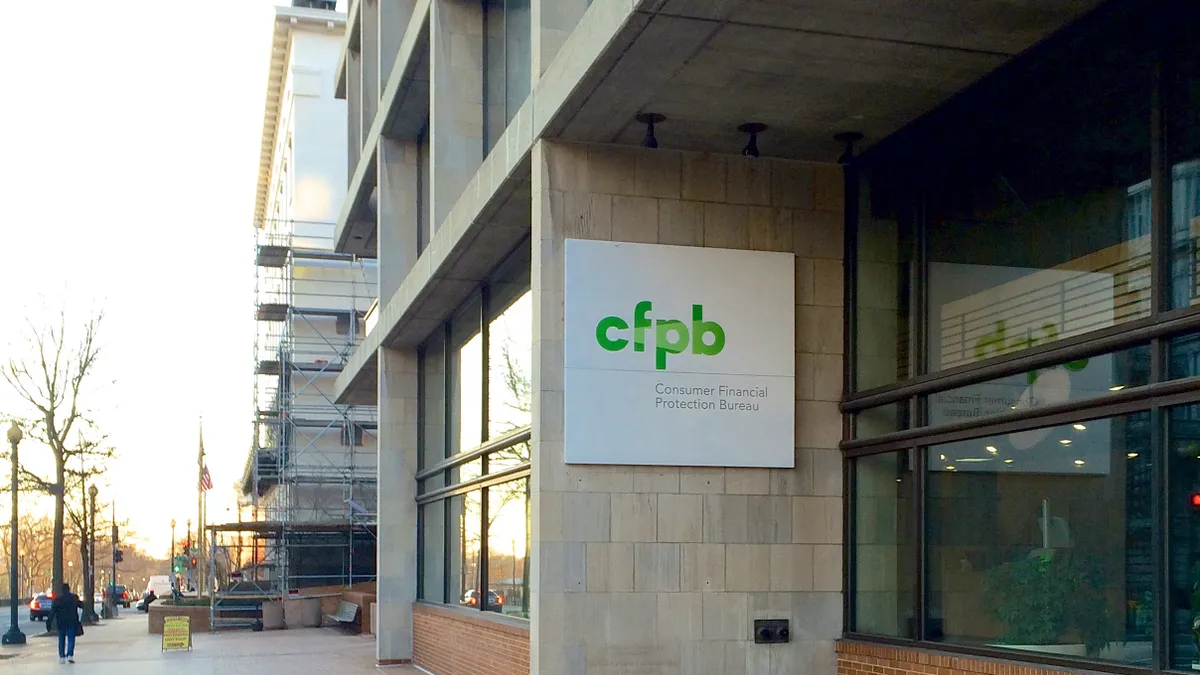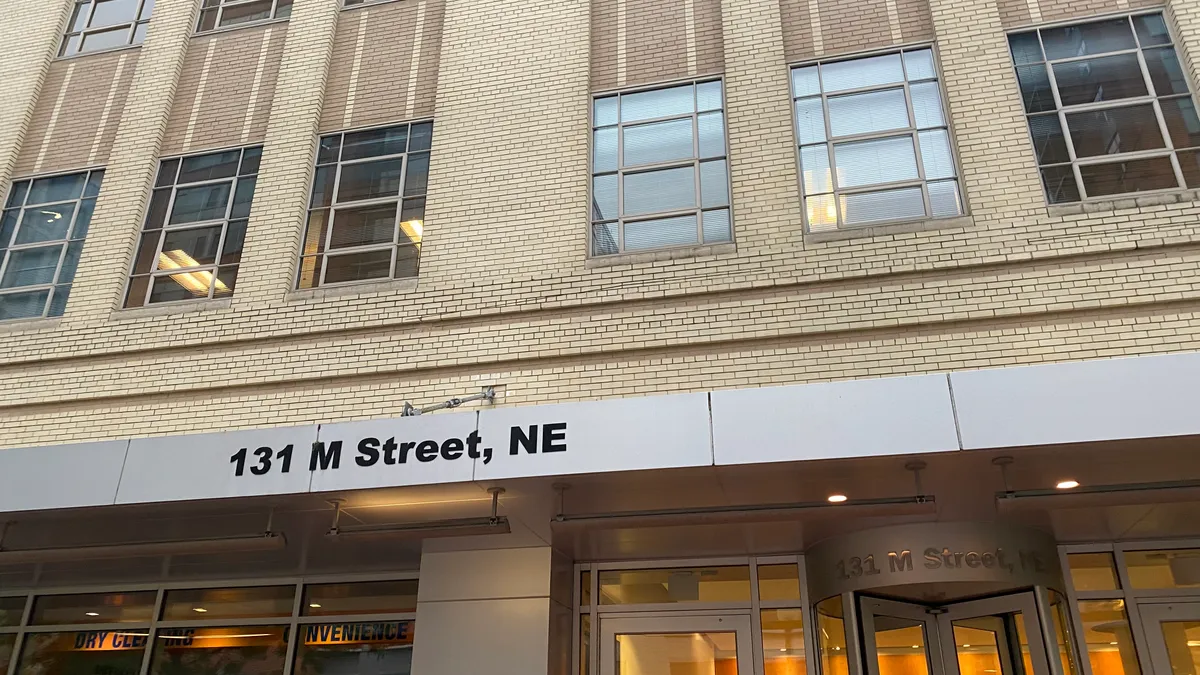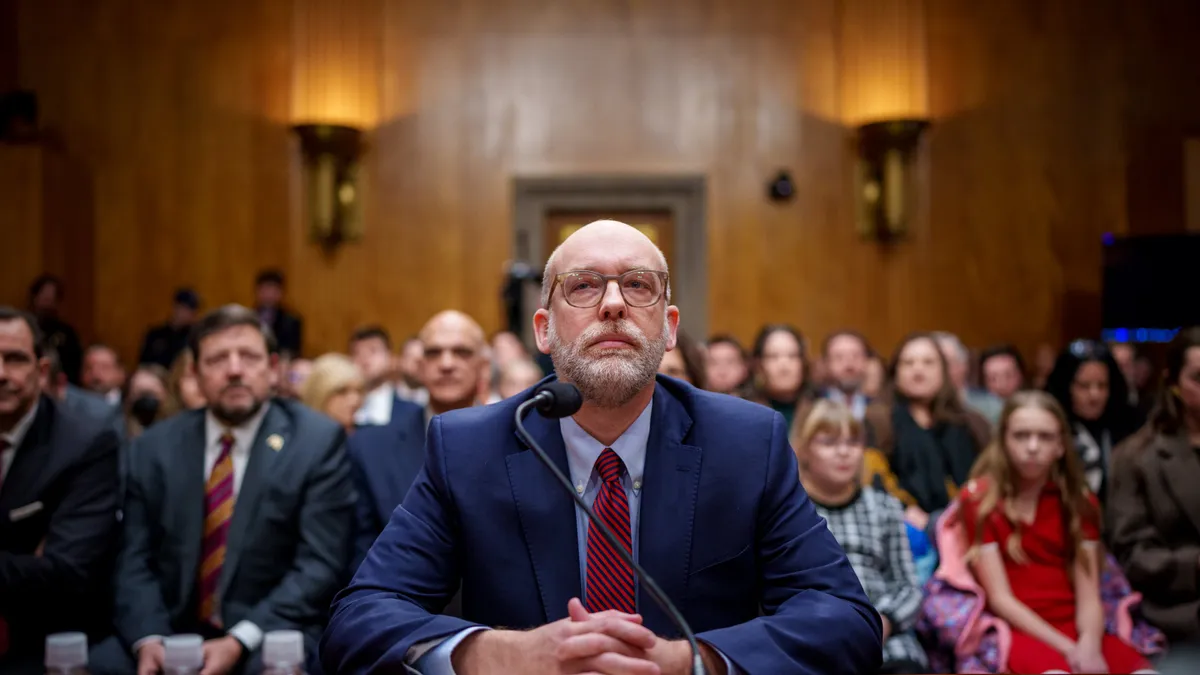Companies using the H-1B visa program to hire skilled workers from abroad should prepare for an application process that takes longer and costs more, along with site visits and heavier regulation of the program, according to an attorney specializing in employer-based immigration.
Having campaigned on an immigration-heavy platform, pledging significant changes, president-elect Donald Trump has discussed deporting millions of undocumented people.
However, legal immigration is also expected to be affected and many employers are bracing for potential disruptions in the H-1B program, which offers 85,000 visas annually to highly educated workers with specialized skills.
Most of the employees are from India and China, many of them engineers hired by large technology companies after they complete their university studies in the U.S. The H-1B visa is for three years but can be renewed.
A Biden administration modernization of the H-1B rules, designed to increase the program’s efficiency, takes effect on Friday, three days before Trump’s inauguration. The changes were designed to make the 35-year-old worker program more flexible for employers, and harder to change dramatically by administration. Biden’s modernization also gave the executive branch more oversight tools to monitor H-1B compliance.
“The modernization rule was largely put in place to codify a lot of the areas that the first Trump administration had targeted and tried to use executive orders to change,” Ann Lee, a Holland & Hart partner specializing in employment immigration, told Legal Dive Monday.
“So if the Trump administration wanted to change it back, it would be a big hurdle. Does it mean it’s not possible when they put their mind to it? No. But it may also mean they just kind of work within the confines of what they already have.”
The H-1B visa program has become a topic of fierce conflict within Trump’s Republican party before the incoming administration takes office.
Last month, two of Trump’s wealthy supporters, billionaire Elon Musk and entrepreneur Vivek Ramaswamy, posted their support of expanding the program, with Trump appearing to side with their view. “I have many H-1B visas on my properties. I’ve been a believer in H-1B. I have used it many times. It’s a great program,” Trump told the New York Post Dec. 28, when asked about the intra-party conflict.
Musk’s companies, Tesla and SpaceX, have both hired large numbers of engineers using the visa program. Musk has said the U.S. does not produce enough natively born, qualified engineers with the work ethic his businesses need.
Trump’s first administration sought to reduce the number of H-1B visas. Denials of new H-1B petitions for initial employment rose from 6% in fiscal year 2015 to 24% in 2018, according to data recently compiled by the American Immigration Council. The denial rate declined later in Trump’s first term as companies contested the government’s rulings.
“I think it will be interesting to see how much weight Elon Musk and Vivek Ramaswamy may end up having, because the first Trump administration heavily targeted H-1Bs,” Lee said. “Is it possible he doesn’t target (H-1B visas) as much, especially because of Musk and Ramaswamy? Yes. But is anyone sitting comfortably here? No. I think time has shown that the Trump administration may not always have been consistent and followed through, if they preferred something or not.”
How to prepare
While the focus in many industries has been I-9 compliance — and enforcement against undocumented workers— companies that rely on H-1B employees should focus on “public access files,” or the physical and electronic notices regulators require them to post information about the role being filled via a foreign-born person, Lee said.
For many companies, “it’s easy to not be in compliance with their public access files,” she said. “How often is someone looking at them?”
Another issue to consider, Lee said, is whether any employees working on H-1B visas have relocated in recent years, perhaps as part of a remote-working opportunity in a more affordable locale. The visa is granted for a specific location, for example, California or New York City. If the employee has moved to another state, that presents grounds for potentially revoking the visa.
Companies that need H-1B employees must evaluate their needs and budgets and prepare for processing delays, Lee said. Some companies are forming task forces to identify key “stakeholders” who need to be involved in the worker-sponsorship process, and allocating costs for the process to specific budgets, she said.
U.S. Citizenship and Immigration Services is likely to increase their requests for evidence for a range of worker-visa programs and “that’s going to lead to more legal fees and time delays,” Lee said. These task forces also should consider potential travel restrictions and how that could affect their H-1B workers.
For in-house legal departments and human resources professionals, “make sure there are people ready to target these questions and address them at a higher level,” Lee said. “I think with a lot of companies immigration usually falls under HR rather than the legal department so it’s probably good to make sure there is more of a connection between HR and talent acquisition and the legal team.”



